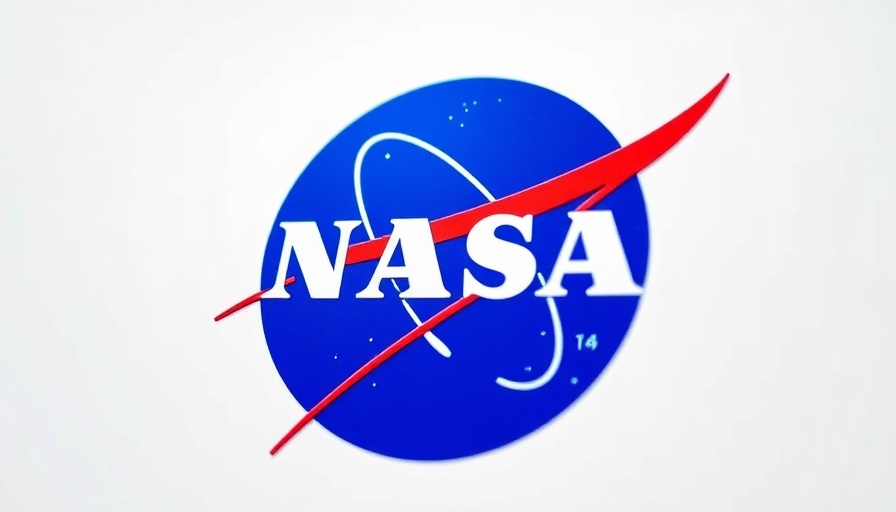
Navigating Workforce Changes at NASA: A Closer Look
In a significant shift in its workforce, NASA has announced that it will be reducing its employee count by approximately 20%, equating to around 3,900 jobs. This decision comes amidst wider efforts by the Trump administration to streamline federal agencies, even as plans for ambitious crewed missions to the moon and Mars take center stage.
Understanding the Layoffs: The Numbers Behind the Cuts
With the impending layoffs, NASA's workforce will drop from over 18,000 to around 14,000. The majority of those departing have opted for the deferred resignation program, which allows employees to leave under specific terms while being placed on administrative leave. It’s important for current employees and stakeholders to grasp the implications these cuts will have on NASA’s functionality and mission capabilities.
President Trump's Budget Proposal: A Focus on Space Exploration
The Trump administration’s budget proposal has placed a strong emphasis on manned missions to celestial bodies, particularly with plans to “beat China back to the moon.” This has resulted in budget reallocations away from science and climate programs, raising concerns among various sectors about the future of innovation at NASA. As China targets a crewed lunar landing by 2030, the need for a robust workforce at NASA becomes ever more pressing for maintaining global standing in space exploration.
The Broader Impact: Safety and Innovation at NASA
NASA released a statement stressing that safety remains paramount, even as the agency works to streamline operations. The challenge lies in balancing cuts while aiming for what has been referred to as a "Golden Era of exploration and innovation." With the future of space exploration hinging on effective human resources, understanding the ramifications of these layoffs is crucial.
Future Predictions: Space Exploration in a Shifting Landscape
Looking ahead, the reduction in workforce may alter NASA’s trajectory. The agency’s aspirations include ambitious lunar and Martian missions under the Artemis program, which have faced numerous delays. Thus, present challenges include adapting to a smaller workforce while simultaneously aiming for groundbreaking missions that demand considerable human capital and expertise.
Counterarguments and Diverse Perspectives on Workforce Reductions
Many argue that workforce reductions in fundamental areas such as safety and innovation could severely hinder the timelines of upcoming mission goals. Detractors of the cuts highlight how reducing personnel may lead to limited capacities to respond to emerging challenges in aerospace. Engaging in public discourse about these shifts is necessary to gauge community sentiment regarding the future direction of NASA.
Conclusion: The Path Forward for NASA
As the landscape of governmental space exploration evolves, NASA's challenge will be to harmonize the necessity of reduction with a commitment to innovation and exploration. For employees, stakeholders, and space enthusiasts, this transformation spells critical considerations for the role of the United States in future space endeavors. Ensuring ongoing exploration remains a priority will be vital in garnering public support and aligning policies that favor scientific advancement.
 Add Row
Add Row  Add
Add 




Write A Comment